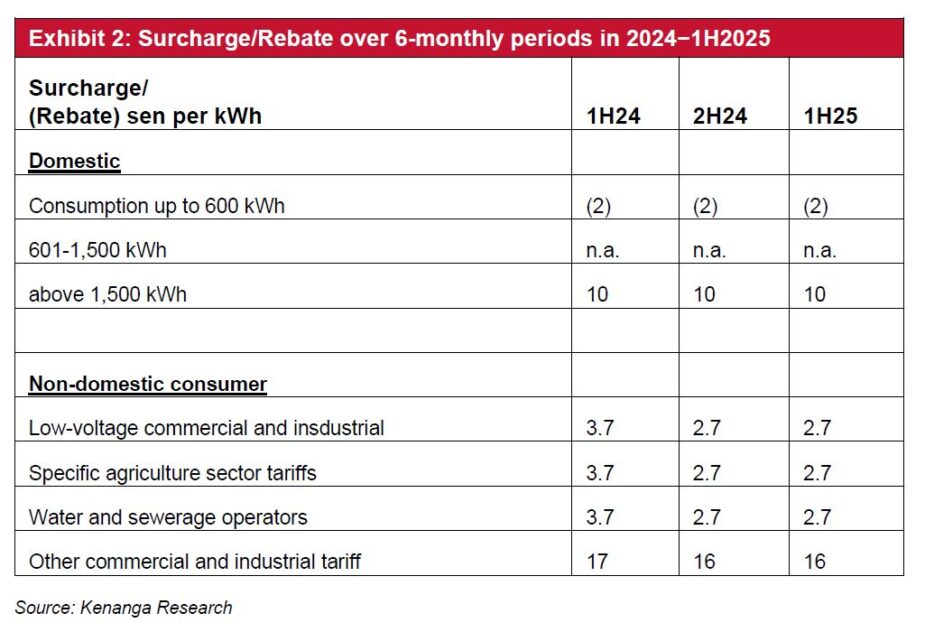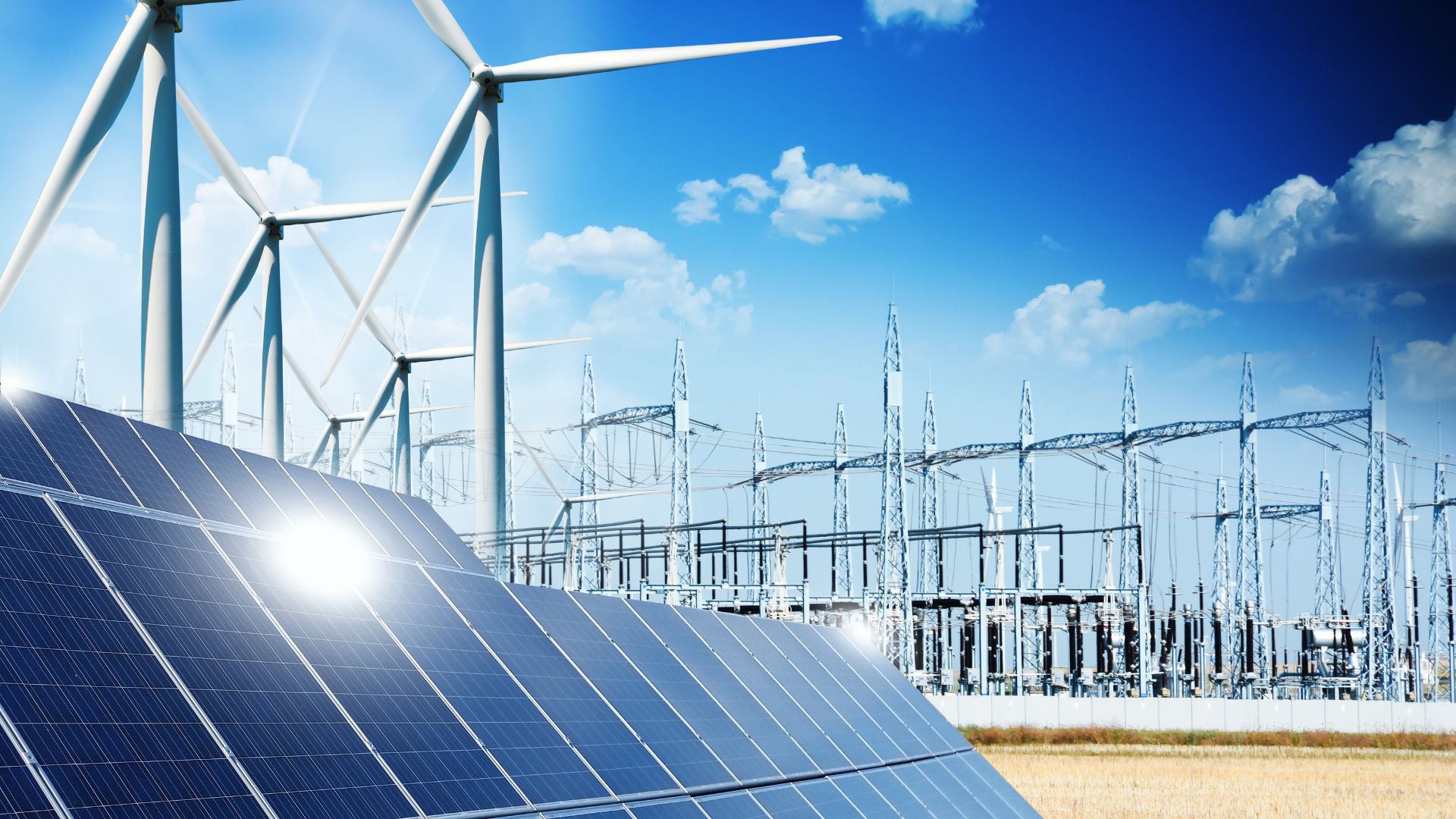TENAGA explained the base tariff rate moving into Regulatory Period 4 (RP4) would rise by 14% to 45.62 sen per kilowatt hour (kWh).
At first glance, this appears to be a sharp rise from the 39.95 sen/kWh in RP3, which had been little changed versus the 39.45 sen/kWh in RP2 before that.
According to TENAGA, the cost of fuel to generate electricity has been much higher than the approved prices determined for Regulatory Period 3 (RP3) due to coal.
Therefore, it forecasted a 24% rise in coal price and 34% rise in liquified natural gas (LNG) price over the three-year period. The coal price assumption was raised from USD79 to USD97.7.
“The fact that we observe such prices are just slightly higher than the market price for coal (Indonesia coal and Australian coal), means that the net effect is to achieve a “rebasing” effect, and shouldn’t be a large irritation overall,” said Kenanga Research (Kenanga) in the recent Market Strategy Report.
As the Imbalance Cost Pass-Through (ICPT) mechanism is designed for TENAGA to be neutral to fuel cost changes, existing users incur surcharges at various magnitudes, which would be adjusted at a 6-month interval to reflect the fuel and coal cost changes.

Exhibit 2 shows current surcharge and rebate, with up to 16 sen at the highest usage category.
Assuming the forward-looking costs of coal and LNG are assessed correctly, the net increase magnitude should be manageable as the surcharge should, in theory, ease off.
The RP4 new tariff structure is still pending the government’s finalisation. In practice, the 14% base tariff has been emphasised as being the average increase.
“How this affects the individual bands within the categories of domestic, commercial and industrial is the key development, and we closely watch this space,” said Kenanga.
Regardless, for the six months up to June 2025, any adjustment shall be absorbed through the Energy Commission’s electricity industry fund, better known as the KWIE fund, which lends stability to business planning, and consumer confidence.
For that period, the subsidy bill that would be financed by the government amounts to RM2.388 bil.
Domestic users that currently use more than 1,500kWh pay a 10 sen surcharge which affects 85,000 consumers (1% of total), and the more vulnerable segment has been protected via rebates.
The government has said that the majority of consumers would not be burdened by the proposal. At present, those using up to 600kWh are entitled to a 2 sen rebate.
“In our assessment, we compiled selected listed companies that have sizeable market share for a sense of electricity cost-to-overall cost base. When the categories of electricity are not itemised, we have used the broader definition of utilities in our analysis, which may inflate the figure,” said Kenanga.
All in, most of the sectors that disclose energy usage have about 2% to 8% of their cost base in electricity cost.
Meanwhile, REITs see a higher mix of electricity cost to total cost, but they are able to partially pass through such costs to their tenants who will be billed for their share of consumption.
While the consumer segment has a relatively large exposure in its cost base, its earnings sensitivity to electricity prices is not high.
Vis-à-vis impact to the bottom line on a 5% increase in electricity cost, most sectors are only mildly impacted, notwithstanding in recent years the cost of electricity has escalated somewhat more this.
Depending on the energy source, industries such as manufacturing, or downstream oil and gas, could see degrees of differentiation as well with regard to the electricity bill impact.
Citing an example, for glovemakers, whose energy consumption is more gas reliant for heating, the impact is not pronounced. Ports are a close second.
In the above analysis, Kenanga has only considered the direct impact to costs. The impact of electricity cost to a measure of CPI would also be small given that electricity cost forms less than 3% of the CPI basket.
“We nevertheless are watching the broader impact as businesses such as SMEs may have to navigate other cost pressures such as minimum wage cost increases, as there have been calls as well for the surcharge to be lowered for medium-voltage SMEs (link),” said Kenanga.
The realities would also be more nuanced, such as banks for example, which could be affected by the general disposable income of borrowers etc, although its direct exposure to electricity is negligible.
Effective Jan 2025, corporate Malaysia ushers in a stricter environment for energy, including energy audits, comprehensive energy management systems and energy policy.
This should help raise the floor in the area of energy efficiency, although many companies in corporate Malaysia have already laid out energy consumption intensity goals.
On the whole, Kenanga believes this will continue to drive interest and adoption of solar energy which may benefit renewable energy players. —Dec 30, 2024
Main image: reformcalifornia.org









